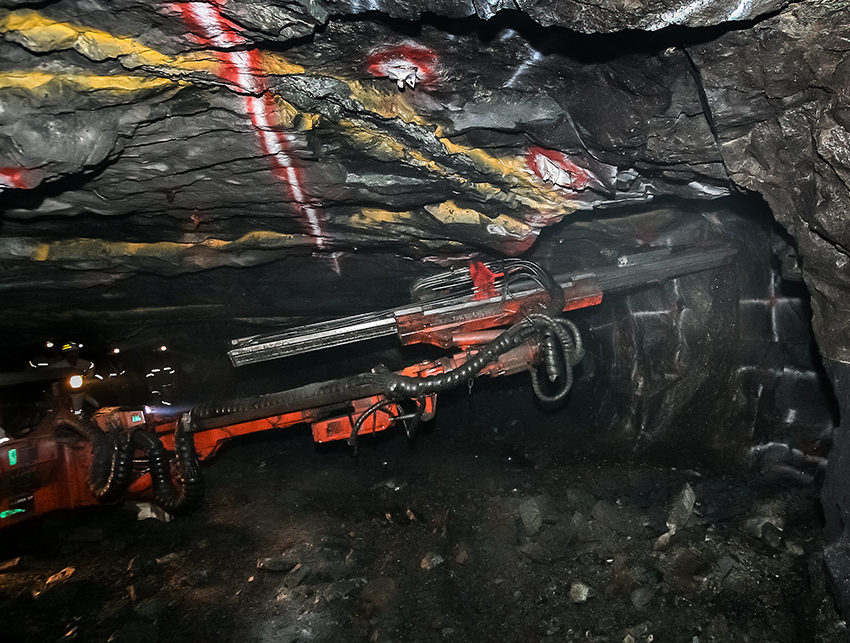Drill hole deviation measuring device

Challenge
The location, explosive charge and detonation sequence of blast holes are strategically selected to produce the most efficient and optimal rock fragmentation. The consequences, therefore, of a deviation in drill hole trajectories from the initial designed pattern result in build-ups, hang-ups and poor rock fragmentation. This leads to extra drilling, loss of drill strings, ore dilution, ore loss, increased explosive consumption, time wastage and delays in the chain of production operations. The impact of blast-hole deviations is felt throughout the production cycle, excavating, hauling and mineral processing.
Mining3, in partnership, with Robit, a global drilling tools specialist, and CSIRO has taken up the challenge to develop an underground percussive drill hole deviation measurement tool to solve this ongoing problem.
Research
The new system, dubbed as U-sense, is an upgrade of Robit’s S-sense technology and Mining3’s Automated String Positioning System. The S-sense system measures the straightness of surface production holes bored by a percussive drilling process and is commercially available for purchase by Robit. U-sense will extend the technology to long hole underground percussive drilling with water flushing.
U-sense is ultimately an easy to use, capsule that sits within an adapter between the percussive drill bit and drilling tube. It measures the trajectories of the drilled borehole as the bit is retrieved from the hole, then communicates the information with a receiver system mounted on the drilling mast.
The measurement module is on standby during the percussive drilling process and commences measurement once the drilling is complete. As the unit is pulled out of the hole, the sensors record inertial information for processing with onboard proprietary algorithms. Once the tool is completely out of the hole, the data are transferred wirelessly for presentation on a cockpit tablet. The plot of actual borehole trajectory information – with respect to the planned orientation – allows the decision makers to drill a remedy blast hole or revise the blast design.
Benefits
Early access to drill hole trajectory information can have a huge impact on reducing mining costs of freezing stopes, creating large oversize, and under-break or over-break caused by blast hole deviation. In addition, data from the testing unit will be used to develop decision support systems for determining the best way for a production team to modify the pattern if excessive deviation is detected. The availability of hole deviation data – on every blast hole – will enable further research into optimisation of blast designs for different rock mass conditions.
Status
The project has two main phases to develop:
- Phase 1: A validated pre-commercial test unit
- Phase 2: Next generation upgrade and testing of the unit through various case studies
Mining3 expects the unit will be available for priority clients (sponsors) in 12 months and can be purchased through our partner company, Robit.








